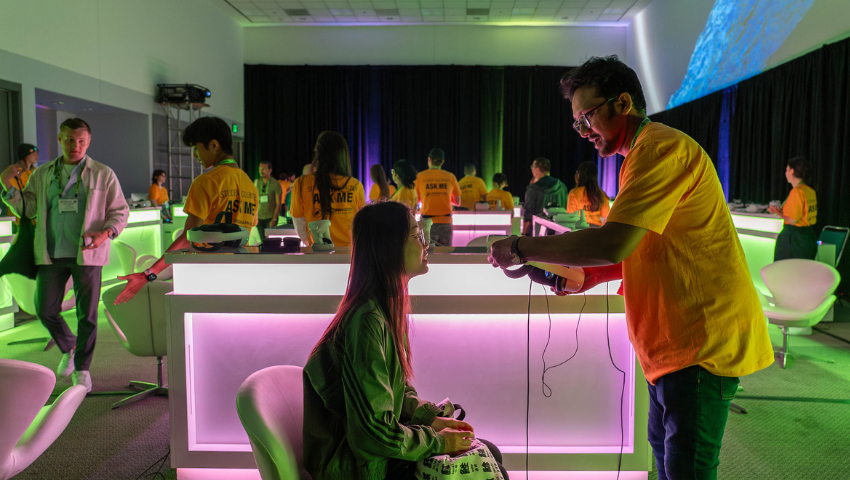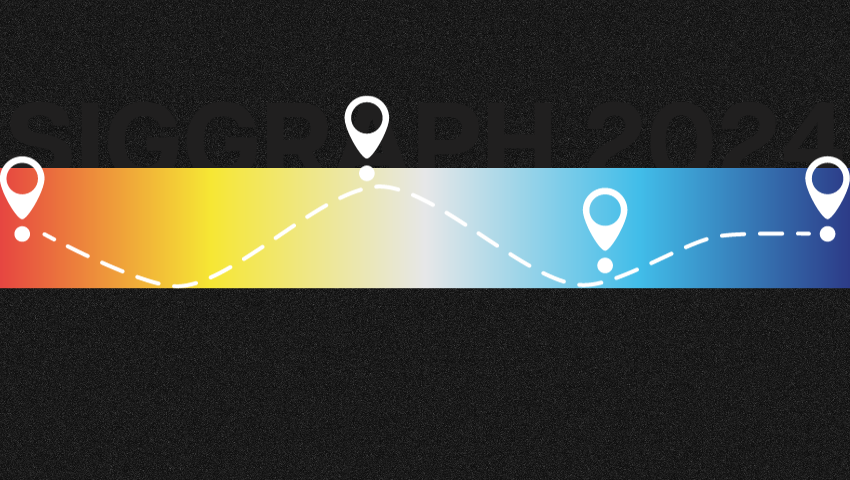Photo by Julia M Cameron from Pexels
The COVID-19 pandemic has created challenges across the globe and has shed new light on a societal problem that has existed for decades — the digital divide. The digital divide is the gap that exists between individuals who have access to modern information and communication technology and those who lack access. Gaps exist among socio-economic, racial, gender, geographic, educational, and age differences; just to name a few.
Educators, administrators, and parents who have been challenged in the past to provide students with relevant technology and digital resources have never felt more pressure than they do now. As we know, schools across the country have closed in response to the virus, with most deciding to remain closed for the rest of the school year. In hard-hit areas like New York, New Jersey, and California, discussions are already underway to determine the fate the 2020–21 school year, with many anticipating late start dates at the very least.
The closing of our nations’ schools (U.S.) was certainly a wise decision, but the execution was swift and, in some districts, a bit chaotic — sending students and teachers home with the direction to transition to “distance learning” with very little guidance or support. Even the best equipped schools were ill-prepared to completely transition their curriculum, assessments, student and teacher collaboration, administrative functions, and library resources to an online environment. In general, institutes of higher learning have proven to be better set up for this colossal transition. But K-12 schools face major challenges. There are very few schools that provide educational offerings completely online. Some may have administrative and instructional systems that have been implemented to support in-class learning and administrative functions, but very few are set up to support a completely online, digital-learning environment.
Where the major problem lies are with the school systems and communities that have little to no digital ecosystem. Poorly funded schools with crumbling infrastructure that support disadvantaged populations are suffering the worst from the effects of the COVID-19 virus. The issues are complex and interconnected, and for some of these school systems it could take years to catch up and provide their community of learners with a solid, digital infrastructure that can support robust administrative, instructional, and library systems. Even if these systems were in place, a comprehensive faculty development initiative would need to be designed to instruct teachers on how to use the systems, how to design online courses, how to manage those courses, how to set student expectations, how to communicate remotely with students and parents, and how to properly assess students. Conversely, students and parents would also need instruction and support to understand how to navigate the systems, as well as best practices for learning remotely, so that they can be successful.
The issues I mentioned just scratch the surface of how complex an undertaking it is to transition a brick-and-mortar schoolhouse to an online learning environment. Other challenges to be dealt with include adequate end-user technology for the students and the teachers, a robust, regional telecommunications network to support the amount of traffic brought on by the transition to online learning, and access to not only the proper hardware but also the software required to develop digital content. Twenty-first century skills, like digital and information literacy, are also critical to be successful in an online environment. Typically, the populations that fall in the digital divide gap lack the exposure to quality content and communications channels.
A Place to Start
Educators, parents, and students have become overwhelmed with the notion that the COVID-19 virus can impact their lives for months to come. There is now the realization that a temporary fix and a watered-down version of a proper online educational environment will simply not suffice. If you conducted just a bit of research on how to make this transition, you would be frustrated by the amount of information that is available to educators. Most of the guidance is valuable but not necessarily helpful. There’s too much to sift through, and until you decide on a realistic way forward, a lot of time and energy may be lost. Educators may feel the need to incorporate all the advice that is out there and overcomplicate an already difficult situation.
Educators who are in the beginning stages of developing an online educational ecosystem need to be wary of developing a solution that costs considerable time and money in response to the current situation, only to scrap it years from now because the solution doesn’t properly address their school’s needs. It’s important to tackle the most critical functionalities now, with an eye toward developing further as needs arise in the future.
Google for Education has been a viable and free option for offering administrative, instructional, and communication functionalities for close to 15 years. Data from student information systems can be imported so that your user base is populated, then you can proceed to build courses, collect information from your community, communicate via email, chat, or web conference, and even build web pages. They even offer teacher support resources to help teachers build courses quickly. Google has done a great job setting up schools for success by developing a dedicated website in response to the virus. I have listed that and a few other resources below.
- Google for Education – Response to COVID-19 for educators.
- Google Classroom – Designed to save teachers time, keep us organized and help us communicate with students.
- Curriculum and Classroom Management Support – Wide Open School is a comprehensive, online resource that has been setup for educators and families to access robust digital content, learn about distance-learning best practices, and even help families plan out their days to include educational activities, physical fitness, social engagement, and helping each other out around the house. As an educator, you can search the web for days looking for well-developed digital content for your course. Wide Open Schools has made the search for age- and subject-appropriate content extremely simple and has vetted the content for accuracy.
Internet Access
It might be hard to imagine, but millions of households in the U.S. do not have internet service of any kind. In response to the challenges facing students and educators, many service providers are offering free or very low-cost service. This site is being updated daily to reflect the new offerings.
Technology Support
Families that do not currently have a way to access the internet may also be challenged to provide students and children with the proper hardware to engage in online courses and school activities. When developing solutions for transitioning to an online digital ecosystem, it’s important to remember that — if your school system does not currently have a laptop program that provides students with the technology they need to learn in and out of the classroom — there is a likelihood that the students may not have access to this technology either. There is, however, a higher likelihood that students do have a mobile device, such as a smartphone. Developing an environment where the systems, content, and communities can be accessed through an app may be a high priority. Thankfully, the resources listed above can be accessed through the web or through a smartphone app. There are also resources for families to access the technology they need to work and learn from home from a variety of public and private entities. Here is an article that provides and extensive and updated list of these resources. It may take time and families may need to provide proof of their financial need, but if we’re in this for longer than expected, it’s worth the extra work to get the tools needed.
Conclusion
In challenging times, societies are defined by how well they come together to solve problems and help the most vulnerable. There is a lot of focus in the media on health care systems, workers who have lost their jobs, and politicians offering solutions and criticisms. I don’t believe enough light is being shed on the challenges that even the best-equipped school systems are facing. Millions of families are struggling because of their lack of access to technology and information. I believe that, as time goes on, solutions will be developed by governments and industries to get our educational system back on track and decrease the gap for those who are most vulnerable.

JoAnne Green is a SIGGRAPH 2020 co-chair for the Executive Experience program and an online faculty and course developer for the University of Pittsburgh’s Administration of Justice Cybercrimes department. She holds a B.S. in economics from Bloomsburg University of Pennsylvania and an M.S. in instructional technology from Marywood University. In her current and past roles, she has been responsible for the creation and implementation of new adult-learning paradigms that utilize emerging technologies, including virtualization, cloud computing, mobile computing, simulations, gaming, and more. Her research interests encompass a broad array of issues related to instructional and emerging technologies, specifically focusing on the development and use of academic technologies to enhance teaching and learning in higher education.



